Greater Engine and Transmission Choice Didn't Change the Mazda 3's Cross-border Fortunes One Bit

If you’re a regular on these digital pages, you probably read how the revamped-for-2019 Mazda 3 is a very different beast depending on which side of the border one resides. The Canada-U.S. border, that is. Eager to keep cheapskates entry-level car lovers in a certain province satisfied, Mazda Canada saw fit to offer buyers greater choice than Americans enjoy down south, coupled with a very non-premium starting price.
Good stuff, in this writer’s books.
However, despite both countries having access to sedan and five-door variants, both offered with Mazda’s weather-conquering i-Activ all-wheel drive system, the Mazda 3’s Canadian sales trajectory doesn’t differ from that of its U.S. counterpart.
If you think the U.S. market is cooling fast, it’s nothing compared to Canada’s. This year will not be remembered for setting any records. And nor will Mazda, which, at the end of September, found itself down 12.5 percent over last year’s volume in the Great White North.
So close is the relationship between the two countries that you’ll find a nearly identical situation south of the border. Mazda’s U.S. sales ended last month down 11.5 percent, year to date. No Mazda model can boast of a YTD sales gain down there, and only one, the CX-5, can brag about rising sales in Canada. Even that victory, at 0.7 percent, is slimmer than Celine Dion (no offense intended).
Indeed, the last time a Mazda model posted a TYD gain in the U.S. was in January, when the 6 sedan recorded a slight year-over-year uptick in sales. This, of course, does not count as a true YTD volume gain; a month later, the lead was gone.
Sales data guru Tim Cain called out the fourth-generation Mazda 3 last week, placing the revamped model’s failure to launch in stark terms. While falling car sales are not unique to Mazda, the brand seems to be having a harder time luring buyers into showrooms than the likes of Honda and Toyota, despite the addition of all-wheel grip. And, if anyone harbored concerns that ditching the 3’s base engine and offering fewer stick shifts negatively impacted the 3, let Canadian data put your fears to rest.
North of the border, the 3, offered with an entry-level 2.0-liter Skyactiv-G four-cylinder as well as the standard 2.5-liter seen in the U.S., doesn’t relegate manual transmissions strictly to a single uplevel, sports-oriented model. Pricing starts quite low as a result — considerably lower than in the almost-always-cheaper U.S.
And yet last month — a period admittedly containing fewer selling days than 2018, plus a truncated Labor Day long weekend — saw 3 sales fall 26.4 percent, year over year. Through September, sales of the new 3 fell 18.8 percent.
In the States, September saw the 3 decline 24.3 percent, with its year-to-date tally now down some 21 percent. You can spice up a model or dress it down all you like, but the same forces seem to be at work regardless of where the 3 is sold.
If AWD cars can’t make headway against the great car decline, there’s only one thing left to do — and Mazda’s already on it. The CX-30 crossover appears late this year or early next, offering buyers a new utility choice slotted between the low-volume CX-3 subcompact and popular CX-5 compact. A year and change after that, Mazda’s joint Alabama plant comes online. From that Toyota-shared facility, expect a larger crossover built with North American preferences in mind.
The sound you hear is a gathering wind preparing to fill Mazda’s flaccid sails.
[Images: © 2019 Chris Tonn/TTAC, Mazda]

More by Steph Willems
Latest Car Reviews
Read moreLatest Product Reviews
Read moreRecent Comments
- Jeffrey Henry Ford said about innovation, “ If I had asked my customers what they wanted, then they would have said a faster horse." Change is inevitable!!!https://www.wri.org/insights/countries-adopting-electric-vehicles-fastest#:~:text=Currently%2C%2016%20countries%2C%20including%20Canada,create%20and%20enforce%20such%20policies.
- ToolGuy If these guys opened a hotel outside Cincinnati I would go there to sleep, and to dream.
- ToolGuy Michelin's price increases mean that my relationship with them as a customer is not sustainable. 🙁
- Kwik_Shift_Pro4X I wonder if Fiat would pull off old world Italian charm full of well intentioned stereotypes.
- Chelsea I actually used to work for this guy




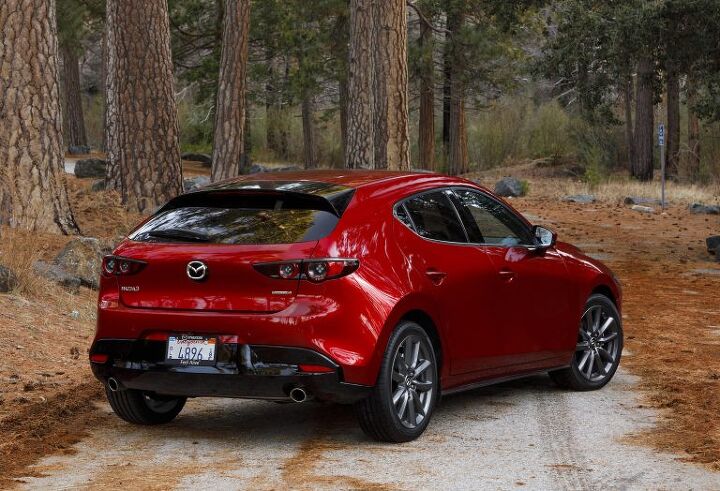















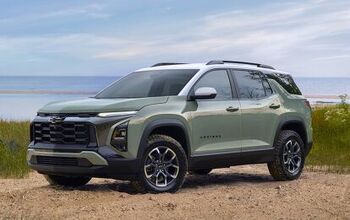


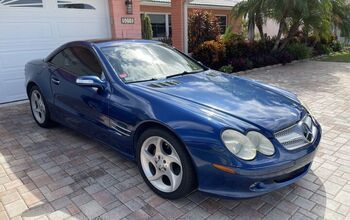



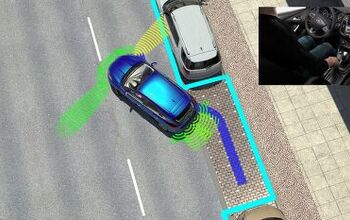

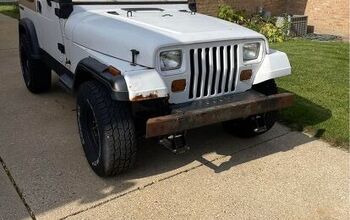





Comments
Join the conversation
1. They are too expensive relative to the demographic currently buying a small hatch/sedan. 2. Their dealers are not good. Secondary locations and low end levels of service 3. The sky active engines are not refined enough (especially at startup) for a near luxury product.
Also mentioned in response to the other article: We know the overall vehicle market is shrinking. Mazda can't do anything that. Also, the market for cars is cratering. Also, Mazda can't do anything about that. Therefore, the measure for this car should be market share, not total sales. Market share filters out both the shrinkage of the overall market and the compact car segment. It tells you Mazda's delta in success/failure at capturing the sales for this type of car. That metric would also be informative to measure the effect of dropping the 2.0L engine in the US. (I personally thought it would cost them a third of their 3 sales.) Also noted in response to the other article, if their move upmarket results in larger profit per vehicle sold, then they can get by with less volume. They seem to have gotten good take rates for their highest level trims, so that part of the strategy seems to be working. And dropping the 2 (giving it to Toyota) also appears to be a good move. But dropping their lowest trims in the 3 could be a mistake. Also, the new CX-30 is almost the same size as the 3. It's the same width but a bit shorter in wheelbase & OAL IIRC. It's more upright and has more cargo space, *AND IT DOESN'T HAVE THAT AWFUL REAR WINDOW PROBLEM*. When they start selling the CX-30, expect the 3 hatch to take another nose-dive.